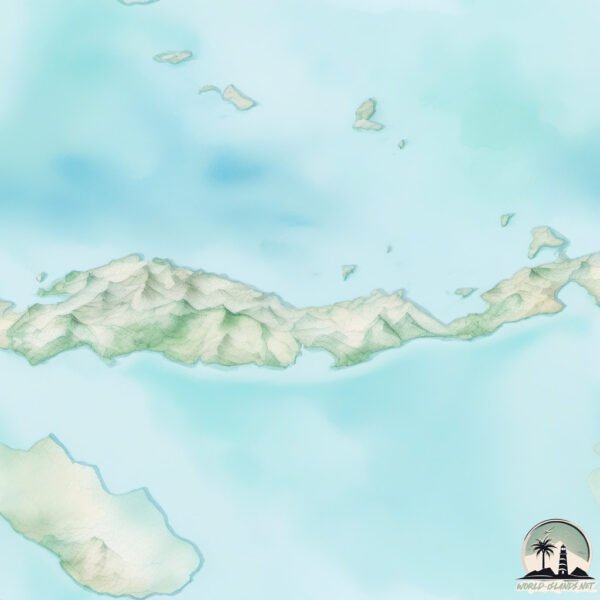Flores-312396

Welcome to Flores, a Temperate island in the North Pacific Ocean, part of the majestic Pacific Ocean. This guide offers a comprehensive overview of what makes Flores unique – from its geography and climate to its population, infrastructure, and beyond. Dive into the details:
- Geography and Size: Explore the island’s size and location.
- Climate and Weather: Weather patterns and temperature.
- Topography and Nature: Uncover the natural wonders of the island.
- Infrastructure and Travelling: Insights on reaching, staying, and making the most of your visit.
- News and Headlines: Latest News.
Geography and size of Flores
Size: 155.8 km²
Coastline: 116.4 km
Ocean: Pacific Ocean
Sea: North Pacific Ocean
Continent: North America
Flores is a Large Island spanning 156 km² with a coastline of 116 km.
Archipel: –
Tectonic Plate: Burma – Also known as the Burma Plate, it’s a minor tectonic plate in Southeast Asia, largely covering Burma (Myanmar) and parts of the Indian Ocean. It’s involved in the subduction process under the Eurasian Plate, contributing to seismic activity in the region.
The geographic heart of the island is pinpointed at these coordinates:
Latitude: 49.32399736 / Longitude: -126.14963845
Climate and weather of Flores
Climate Zone: Temperate
Climate Details: Temperate Oceanic Climate
Temperature: Warm Summer
Climate Characteristics: Known for its moderate year-round temperatures with ample rainfall and no dry season. Warm summers are characteristic.
Topography and nature of Flores
Timezone: UTC-08:00
Timezone places: America/Los_Angeles
Max. Elevation: 739 m
Mean Elevation: 231 m
Vegetation: Evergreen Needleleaf Forest
Tree Coverage: 83%
The mean elevation is 231 m. The highest elevation on the island reaches approximately 739 meters above sea level. The island is characterized by Plateau: Elevated flatlands rising sharply above the surrounding area, with a maximum elevation over 500 meters but a mean elevation less than 300 meters, forming unique highland areas on islands.
Dominating Vegetation: Evergreen Needleleaf Forest
Dominated by evergreen coniferous trees such as pines and firs, which retain their needle-like leaves throughout the year. These forests are often found in cooler climates. Flores has a tree cover of 83 %.
Vegetation: 6 vegetation zones – Very Highly Diverse Island
Islands in this range are ecological powerhouses, showcasing a wide array of vegetation zones. Each zone, from lush rainforests to arid scrublands, coastal mangroves to mountainous regions, contributes to a complex and interdependent ecosystem. These islands are often hotspots of biodiversity, supporting numerous species and intricate ecological processes.
Infrastructure and Travelling to Flores
Does the island have a public airport? no.
There is no public and scheduled airport on Flores. The nearest airport is Tofino / Long Beach Airport, located 37 km away.
Does the island have a major port? yes.
Flores is home to a major port. The following ports are situated on the island: AHOUSAT.
The mean population of Flores is 2 per km². Flores is Gently Populated. The island belongs to Canada.
Continuing your journey, Vargas is the next notable island, situated merely km away.
Welcome to #Flores , a little-known island in Indonesia’s Lesser Sunda Islands. by IG @olakilan



Canada is classified as Developed region: G7: Group of Seven – Major advanced economies, including Canada, France, Germany, Italy, Japan, the United Kingdom, and the United States. The level of income is High income: OECD.
News – Latest Updates and Headlines from Flores
Stay informed with the most recent news and important headlines from Flores. Here’s a roundup of the latest developments.
Please note: The data used here has been primarily extracted from satellite readings. Deviations from exact values may occur, particularly regarding the height of elevations and population density. Land area and coastline measurements refer to average values at mean high tide.
